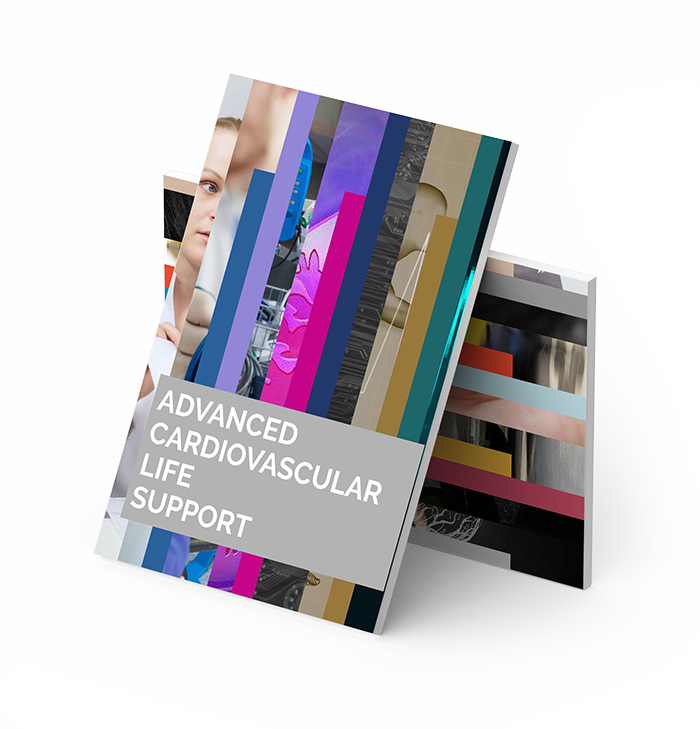ventricular fibrillation
ventricular fibrillation
Blog Article
http://aclsstudyguide.com
Ventricular fibrillation (VF) is a life-threatening arrhythmia characterized by rapid, chaotic electrical activity in the ventricles, resulting in ineffective contraction and a failure to pump blood. It is often precipitated by underlying heart disease, such as coronary artery disease, or can occur in the context of acute myocardial infarction. In the absence of immediate intervention, VF leads to a rapid decline in cardiac output, loss of consciousness, and ultimately, death. Understanding the mechanisms, presentation, and management of VF is crucial for healthcare providers, particularly those involved in advanced cardiovascular life support (ACLS).
The electrocardiographic (ECG) hallmark of VF is the absence of identifiable QRS complexes, with a disorganized, undulating pattern instead. This chaotic electrical activity prevents the heart from effectively perfusing vital organs. Clinically, patients experiencing VF will be unresponsive and exhibit no signs of circulation. The time-sensitive nature of this arrhythmia underscores the importance of rapid recognition and intervention. Key to the successful management of VF is the prompt initiation of high-quality cardiopulmonary resuscitation (CPR) and the use of defibrillation, which can restore a normal rhythm if administered quickly.
In the ACLS context, the initial response to a patient in VF includes immediate activation of emergency response systems and the initiation of CPR. Guidelines recommend performing CPR at more info a rate of 100 to 120 compressions per minute, with a depth of at least 2 inches in adults. After five cycles of CPR, or approximately every two minutes, the provider should assess the rhythm and, if VF is confirmed, deliver an appropriate shock using an automated external defibrillator (AED) or manual defibrillator. The energy dose for defibrillation typically starts at 120-200 joules for biphasic devices and 360 joules for monophasic devices.
Following defibrillation, if VF persists, it is critical to continue CPR and consider the administration of antiarrhythmic medications such as epinephrine and amiodarone. Epinephrine is typically administered every three to five minutes during resuscitation efforts, while amiodarone may be given after the third shock for refractory VF. Continuous monitoring of the patient’s rhythm and responsiveness to interventions is vital, as timely adjustments can significantly influence outcomes. The ACLS provider must also be prepared to identify and treat any reversible causes of VF, such as electrolyte imbalances, hypoxia, or ischemia, which are essential components of the post-resuscitation care.
Ultimately, the successful management of ventricular fibrillation hinges on a well-coordinated response that includes effective CPR, timely defibrillation, and appropriate pharmacological interventions. Ongoing education and simulation training for healthcare providers are essential to maintain proficiency in these critical skills. A thorough understanding of the ACLS algorithms related to VF not only enhances individual provider performance but also contributes to improved survival rates in patients experiencing this life-threatening arrhythmia. The collaborative efforts of the healthcare team in the acute setting are paramount to the success of resuscitation efforts and the restoration of normal cardiac function.